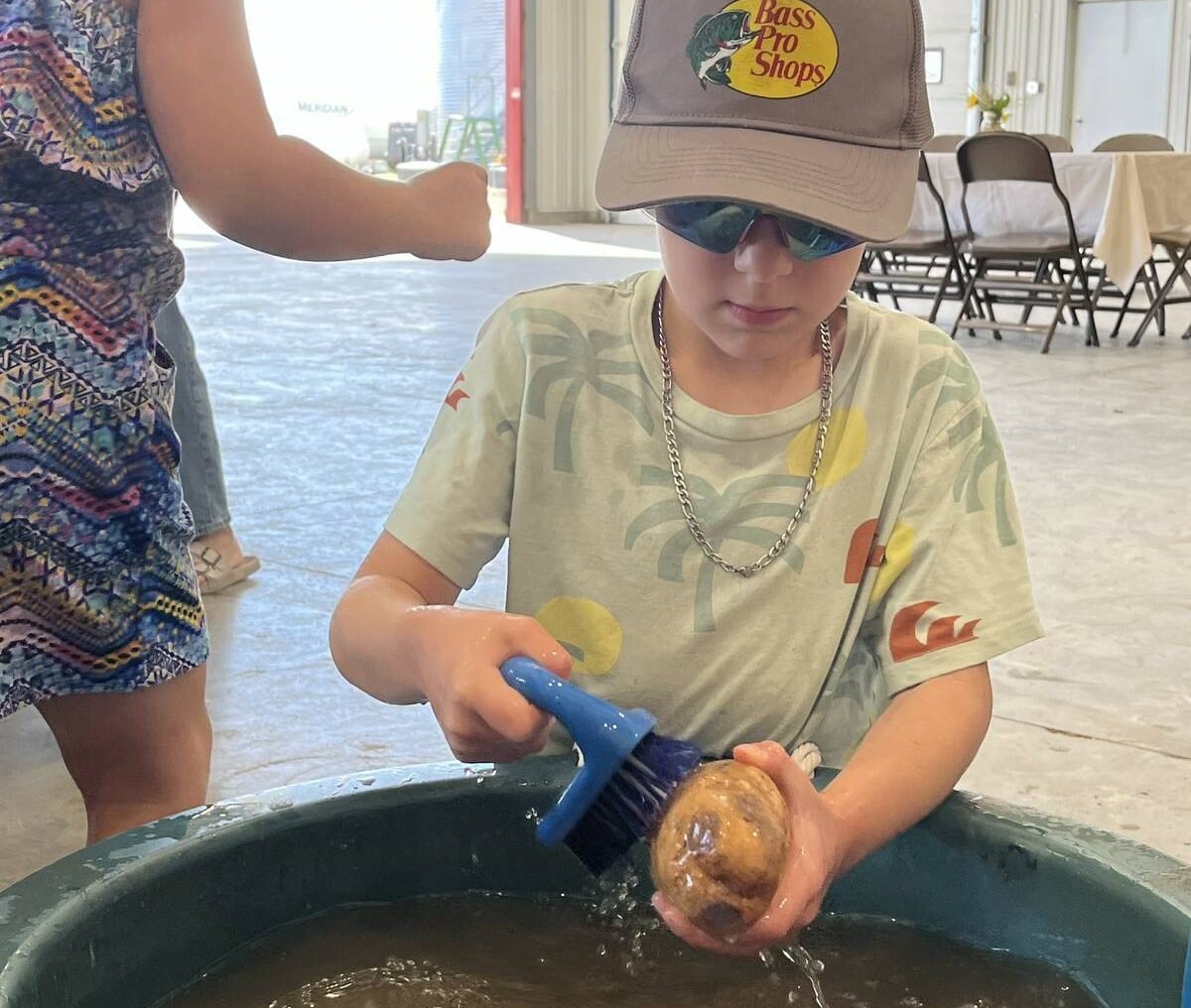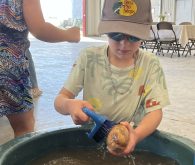Cattle producers who are tempted to use pea straw as an alternative feed source need to have it tested, says an Alberta Agriculture pulse specialist.
A feed shortage and an increase in field pea acres in Western Canada have made field pea straw a more common cattle feed, said Mark Olson of Lacombe.
“It’s just another feedstuff out there.”
But testing is vital before farmers spend thousands of dollars baling the straw or buying bales from their neighbours.
“There is so much variability, I sure wouldn’t go out there and buy a bunch of field pea straw without getting it tested,” said Olson, who gathered more than 450 field pea straw samples from across Alberta for testing.
Read Also

Agri-business and farms front and centre for Alberta’s Open Farm Days
Open Farm Days continues to enjoy success in its 14th year running, as Alberta farms and agri-businesses were showcased to increase awareness on how food gets to the dinner plate.
The straw’s protein level ranged from 2.5 percent to 18 percent.
“There’s a tremendous amount of variation.”
He said it’s difficult to balance a cattle ration without knowing pea straw’s protein level.
While the protein may tend to be a bit higher than in cereal straw, it also has higher fibre, which may limit digestibility.
Olson said when he fed pea straw to his own cows, they liked it so much they licked a crater into the ground. Other producers have said their cattle refuse to eat the straw.
Olson conducted the feed straw protein studies after several farmers asked about the protein level of pea straw. After testing the samples from various areas of the province and different years, it became clear there isn’t a standard protein level.
“The point I’m really trying to make is they have to have their feed tested.”














